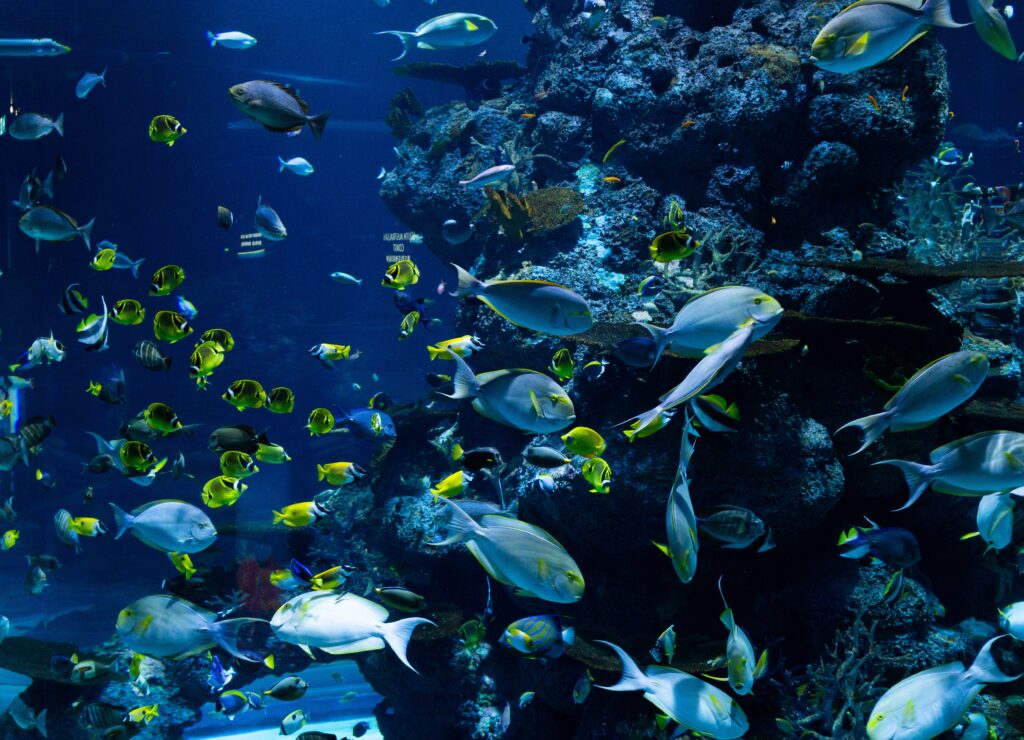
Explore the comprehensive analysis of “Wave Energy Advantages and Disadvantages.” Discover the compelling benefits of this renewable energy source, including sustainability, environmental friendliness, and scalability. Uncover potential drawbacks, such as its impact on marine ecosystems and challenges related to intermittency and initial costs. Learn how wave energy holds promise for a greener future and find insights to make informed energy decisions.
Table of Contents
Advantages of Wave Energy:
1. Abundance of Renewable Resource

The size of the ocean provides an almost endless source of wave energy. Waves are continually produced by a variety of weather patterns and tidal forces, offering a reliable and sustainable energy source. Wave energy offers a sustainable way to fulfill our rising electrical needs in contrast to finite fossil resources.
2. Environmentally Friendly

Wave energy conversion stands as a beacon of environmental friendliness. Unlike traditional energy sources that release harmful greenhouse gases, wave energy is clean and green. By adopting wave energy, we can significantly reduce our carbon footprint, combat climate change, and protect our planet for future generations
3. Energy Security and Independence
Coastal areas can attain energy security and independence because to their enormous wave resources. Countries may lessen their dependency on imported fossil fuels and lower the dangers connected with interruptions in the energy supply by harnessing the power of their own waves.
4. Scalability and Compatibility
Projects utilizing wave energy may be scaled to meet a variety of energy needs and environmental conditions. Wave energy can smoothly connect with other renewable energy sources like wind and solar to create hybrid systems that have higher levels of stability and efficiency, whether they are small coastal towns or big offshore facilities.
Disadvantages of Wave Energy:
1. Impact on Marine Ecosystems

While wave energy offers a plethora of advantages, we must tread carefully to avoid negative impacts on marine ecosystems. The installation and operation of wave energy devices can disturb coastal habitats and pose risks to marine life. Thorough environmental assessments and responsible deployment practices are essential to minimize these effects.
2. Intermittency and Energy Storage Challenges
Seasonal and daily fluctuations in wave patterns cause differences in energy production. The inconsistency makes it difficult to balance supply and demand. To store extra energy during periods of high production and release it during periods of low generation, effective energy storage systems are essential.
3. High Initial Costs
It may be expensive to invest in wave energy technology, particularly in the early phases of research and installation. Wave energy is anticipated to become more affordable over time as a result of technological developments and economies of scale, though.
4. Technical Complexity
It might be technically challenging to build and maintain wave energy devices in the hostile sea environment. Continuous engineering knowledge, innovation, and research are necessary to ensure their robustness, dependability, and effectiveness.
Conclusion:
Wave energy holds tremendous promise as a clean, renewable, and abundant energy source. Its advantages, such as environmental friendliness, energy security, scalability, and compatibility, make it an attractive option for a sustainable energy future. However, addressing the challenges of potential environmental impacts, intermittency, high initial costs, and technical complexity is essential to unlocking its full potential.
As we move forward, it is crucial to invest in research, innovation, and sustainable practices to make wave energy a viable and accessible solution. Collaborative efforts between governments, private sectors, and research institutions will drive progress and propel wave energy towards becoming a mainstream contributor to our global energy needs. By responsibly harnessing the power of ocean waves, we can build a cleaner, more sustainable world for generations to come. Let us ride the waves of innovation and commitment to shape a brighter energy future for our planet.
FAQ –
1. What is wave energy, and how does it work?
Wave energy, also known as ocean wave power, is a renewable energy source that harnesses the energy generated by ocean waves to produce electricity. Wave energy devices, such as floating platforms or submerged structures, capture the motion of waves and convert it into mechanical or hydraulic energy. This energy is then transformed into electrical power through generators, which can be used to supply electricity to homes, industries, and communities.
2. Is wave energy a sustainable and eco-friendly solution?
Yes, wave energy is considered a sustainable and eco-friendly solution for generating electricity. Unlike fossil fuels, wave energy does not produce greenhouse gas emissions or contribute to air pollution. It relies on the natural motion of waves, which is perpetually available, making it a renewable and environmentally friendly energy source.
3. Where can wave energy be harnessed, and is it scalable?
Wave energy can be harnessed in coastal regions with access to the open ocean or large bodies of water. It is ideally suited for locations with consistent wave patterns and sufficient wave height and energy density. Wave energy projects come in various scales, from small-scale installations suitable for individual communities to large offshore farms capable of supplying power to cities. This scalability makes wave energy adaptable to different energy demands and geographical conditions.
4. What are the potential environmental impacts of wave energy?
While wave energy offers environmental benefits, its deployment can have potential impacts on marine ecosystems. The installation of wave energy devices may alter coastal habitats and disturb marine life. It is essential to conduct thorough environmental assessments and adopt responsible deployment practices to minimize these effects and protect marine biodiversity.
5. How reliable is wave energy, considering wave patterns vary?
Wave energy production is subject to the natural variability of wave patterns, which can fluctuate throughout the day and across seasons. While this intermittency poses challenges, advancements in energy storage technologies, such as batteries and pumped hydro storage, can help store excess energy during peak production periods and release it during low generation periods. Additionally, combining wave energy with other renewable sources like wind and solar can create hybrid systems that enhance overall reliability and stability.

